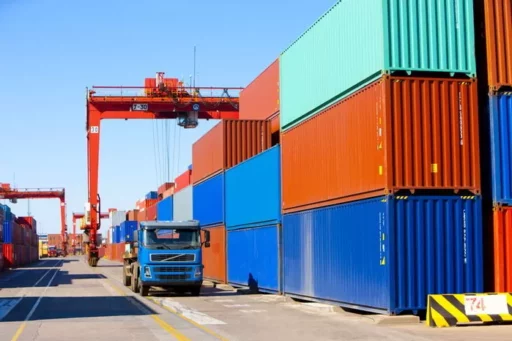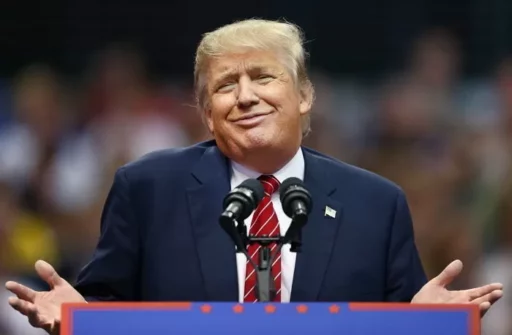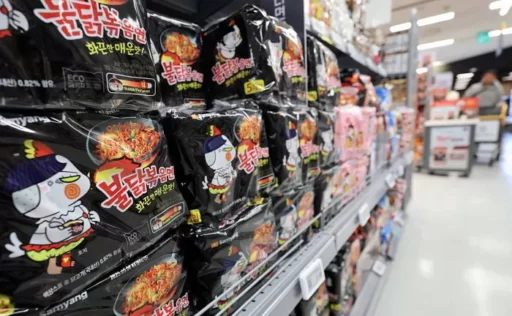K-food exports to the United States have turned into a decline for the first time in 26 months.
K-food, which has established itself as a representative export powerhouse of South Korea, showed a decrease in the U.S. market for the first time in 26 months.
According to statistics from the Korea International Trade Association on the 20th, the export amount of agricultural products, including processed foods like ramen and snacks, to the U.S. last month was $139 million (approximately 190 billion won), marking a decrease of $10 million (6.7%) compared to the same period last year.
This marks the first year-over-year decline recorded since May 2023, interpreted as a sign that the tariff policies of the Trump administration have begun to have a significant impact.

Export Decrease by Major Item
In particular, the export of ramen, a flagship product of K-food, suffered a significant blow. The export amount of ramen to the U.S. last month was $14 million, a decrease of 17.8% compared to the previous year, contrasting with a high increase rate of 40.8% seen until the first half of this year.
Snack exports experienced an even more severe setback, with a decrease of 25.9% (about $7 million), totaling $20 million in export amount to the U.S. last month.
Exports of sauces and ginseng also decreased by 7.2% and 13.4% respectively, indicating a general downward trend.
This export decline is also related to proactive responses from companies regarding changes in U.S. tariff policies.
A video showing a rush to purchase carbonara spicy chicken ramen became a hot topic / TikTok
Samyang Foods, which accounts for a significant portion of ramen exports to the U.S. through its spicy chicken ramen, explained, "In the U.S., we exported a lot until June due to tariffs to secure sales volume."
Indeed, the export amount of ramen to the U.S. surpassed $20 million (approximately 28 billion won) every month from February to June, with June specifically recording $29 million (approximately 40.6 billion won), a 58.7% increase compared to the previous year.
This suggests that companies have been making moves to secure inventory before the tariff increases.

The decline in consumer sentiment due to tariff measures from the Trump administration is also analyzed to have influenced the decrease in exports.
Some American food companies are raising product prices due to the impact of tariff measures.
According to a recent AP-NORC poll, 57.0% of American respondents cited grocery expenses as a major stress factor.
A representative from a food company stated, "From the perspective of American consumers, some items have seen price increases after the 10% universal tariff, and with additional prices expected to rise due to bilateral tariffs, a decrease in consumption is inevitable." They added, "It seems that U.S. distributors have reduced their order quantities due to decreased sales."

Long-term Prospects and Government Response
The cumulative export amount of agricultural products to the U.S. as of July was $1.073 billion, a 21.3% increase compared to the same period last year, still exceeding $1 billion. However, the export decline in July reduced the cumulative growth rate from 27% until June.
If this declining trend continues, there is a possibility that the Ministry of Agriculture, Food and Rural Affairs' goal of achieving $14 billion in K-food plus exports may face setbacks. Particularly concerning is the fact that overall agricultural exports last month amounted to $840 million, a 5.3% decline.
In response, the Ministry of Agriculture plans to hold the third K-food plus export expansion meeting, chaired by Minister Song Mi-ryeong, to discuss export support plans.
While the global growth of K-food appears to be stalling in the U.S. market, proactive strategies from the government and businesses will likely be key to future export recovery.
Image sources: Reference photos for understanding the article / gettyimagesbank, Donald Trump, President of the United States / gettyimageskorea, Reference photos for understanding the article / news1


